
I have been testing out the new Google Pixel Watch alongside other new Fitbit wearables like the Fitbit Sense 2, Versa 4, and Inspire 3. While there are a few nice features on the Pixel Watch, it falls significantly behind the competition. Not only that, but with Google also downgrading features previously on the Fitbit, it is hard to even determine which watch is best for fitness and health tracking.
Table of contents
Pixel Watch – video
Subscribe to Connect The Watts for more connected fitness news, updates, tips, and guides
Shape and size of the Google Pixel Watch
The first thing you notice with the Pixel Watch is its very distinct and fairly small, circular, domed shape. It feels very much designed to have a unique look compared to the current trend of more square, flatter-shaped smartwatches.
While I sort of like the look of the Pixel Watch design, functionally, it causes a lot of problems.
The most obvious issue, from a fitness tracking perspective, is with the domed gorilla glass. Gorilla glass is somewhat resistant to scratching, but it isn’t scratch-proof by any means. And with that raised dome glass, I feel like I have to be extremely careful while wearing it. I went so far as putting a glass protector on it, which I haven’t felt the need to do on any watch I’ve reviewed in the past year.
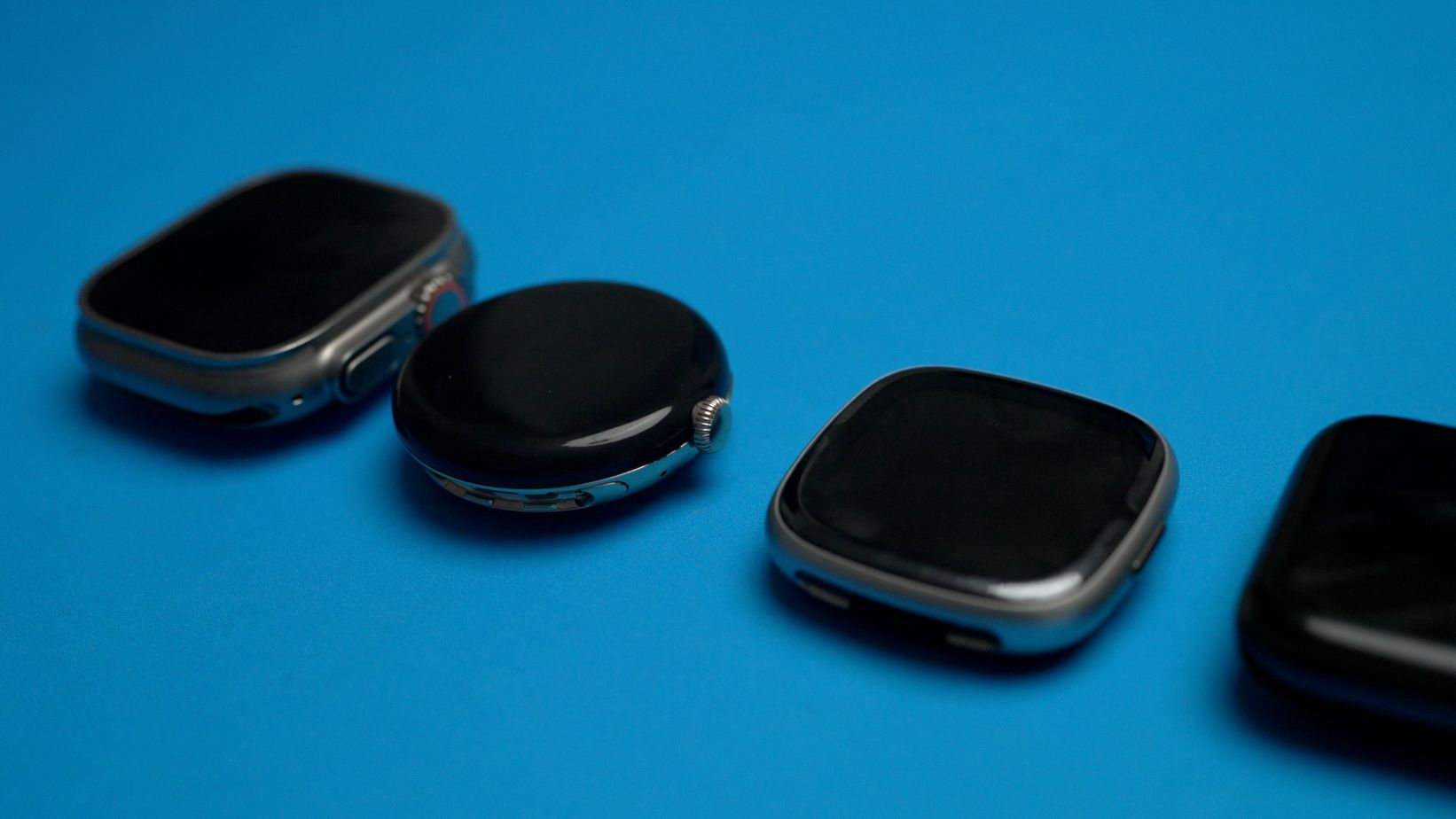
Even when sleeping, I’ve noticed that this thick domed shape can sometimes feel a bit uncomfortable to wear in bed. It’s akin to the feeling I get with some of the bigger watches I test. Usually watches as small as the Pixel Watch, like the Fitbit Sense 2 and Versa 4, are more comfortable to wear at night.
Being domed, the Pixel Watch face has a fairly large bezel, which is just useless glass space. This doesn’t make the watch look bad, but it does make the watch feel cramped, which is especially noticeable when trying to type.
For this watch, Google developed a whole new type of connection system to take on and off bands, so it doesn’t seem like this circular design will be going away any time soon.
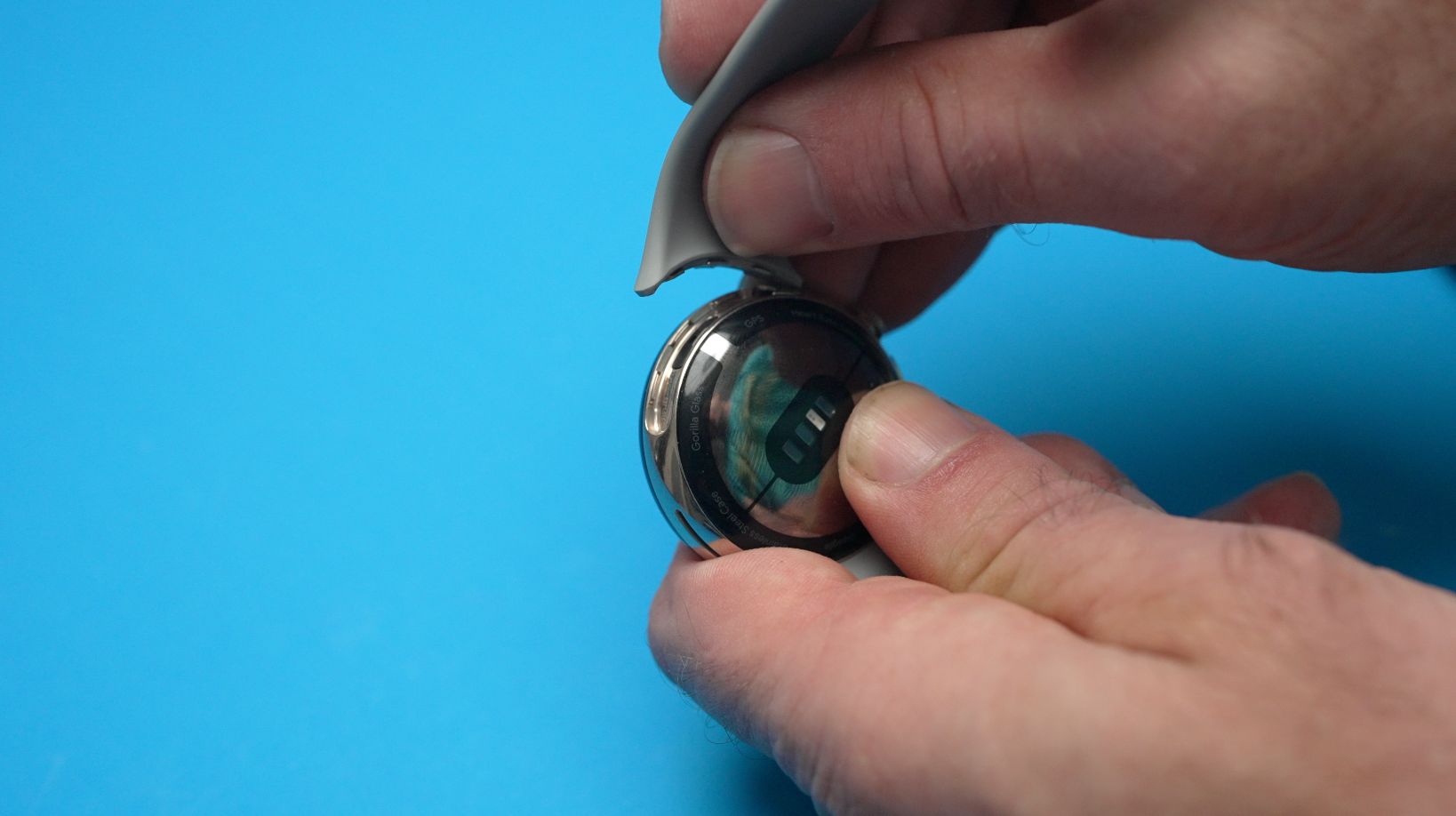
Battery life
Its small size also impacts the Pixel Watch’s battery life. Google claims it can last up to 24 hours, but that’s really only true as long as you have the always-on display turned off, don’t use it very much to play music or get directions, and don’t utilize the workout or GPS modes on it.
Otherwise, in most cases, you can expect around an 18-20 hour battery life. This means you’ll definitely need to charge the Pixel Watch every day. And if you want the always-on display (which I really think should be the standard for a smartwatch at this point), that battery life plummets down to maybe 12-16 hours. That means there will be some days you’ll need to charge the Pixel Watch twice a day.
The only good thing I can say here is that the battery does charge quickly. It takes around 30 minutes to get to 50% charged and around 80 minutes to get to a full charge.
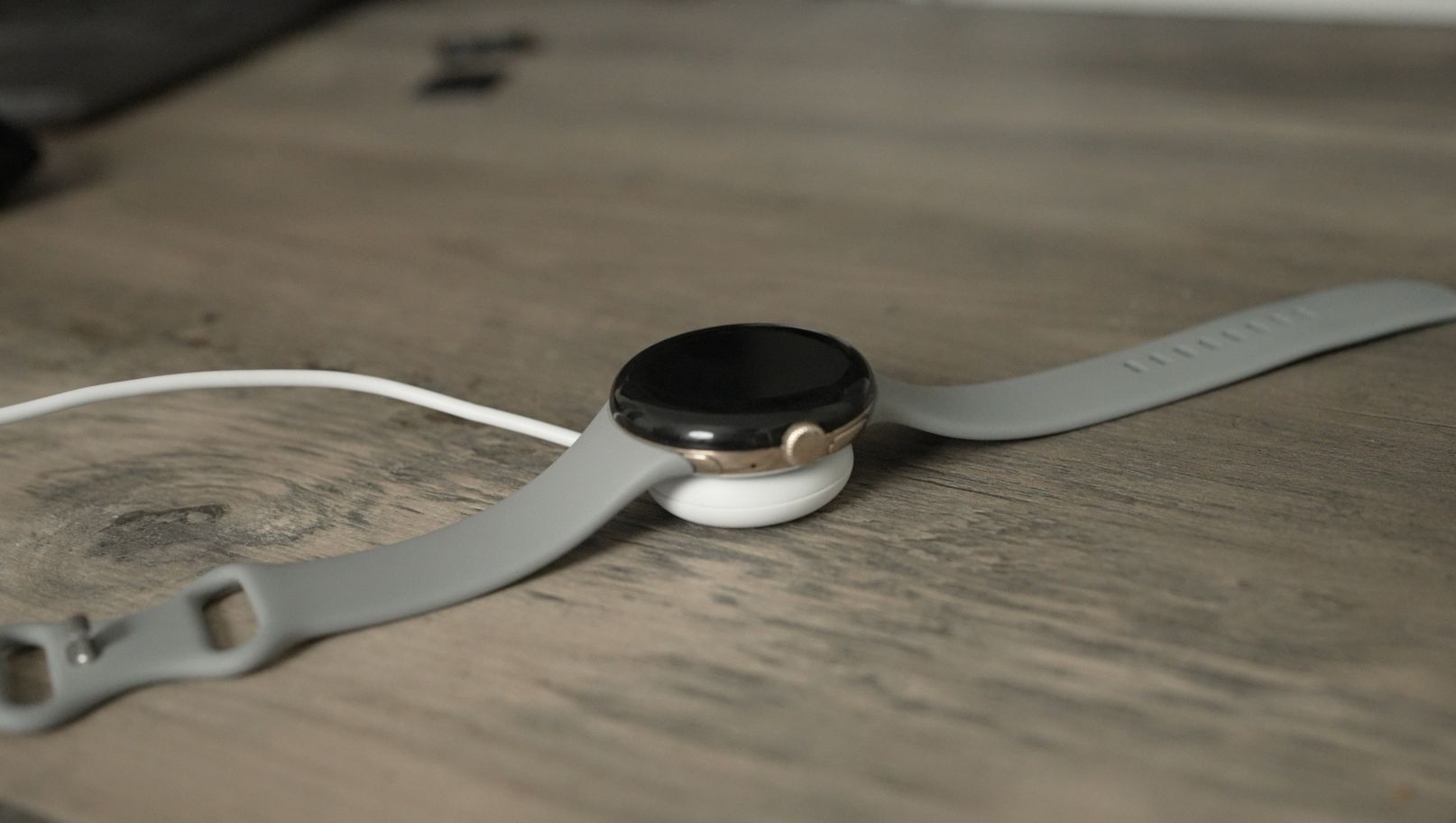
Compared with the other Google Fitbit Watches, the Pixel Watch battery life is really poor. Just a couple of examples: the Fitbit Sense 2 and Versa 4 have pretty much six times the battery life, lasting up to six days without the always-on display, and close to three days with it on.
Just talking about the shape and battery of these watches alone, you can sort of see the initial thought process. Seems the Google Pixel Watch would be for those who want a more stylish, smarter watch, whereas Fitbit watches would be designed to be more functional for fitness use. I can understand that line of reasoning.
As we dig into the Pixel and Fitbit watches more, the other decisions Google has made start to get a little strange.

Fitness and health features
Ok, so logically, if Google wanted the Pixel Watch to be their smartwatch and the Fitbit to be more of a fitness and health watch, you’d probably want the fitness watch to have as accurate, or maybe even better fitness tracking capabilities.
That is true in only a few cases. Fitbit has auto workout tracking whereas Pixel currently does not. The GPS accuracy is a bit better on the Fitbit Sense 2 and Versa 4, likely because the sensor placement is less ideal with the Pixel Watch’s domed glass design.
Sleep tracking is another thing I think all of these watches do fairly well. It seems to be equally well-tracked across this entire lineup.
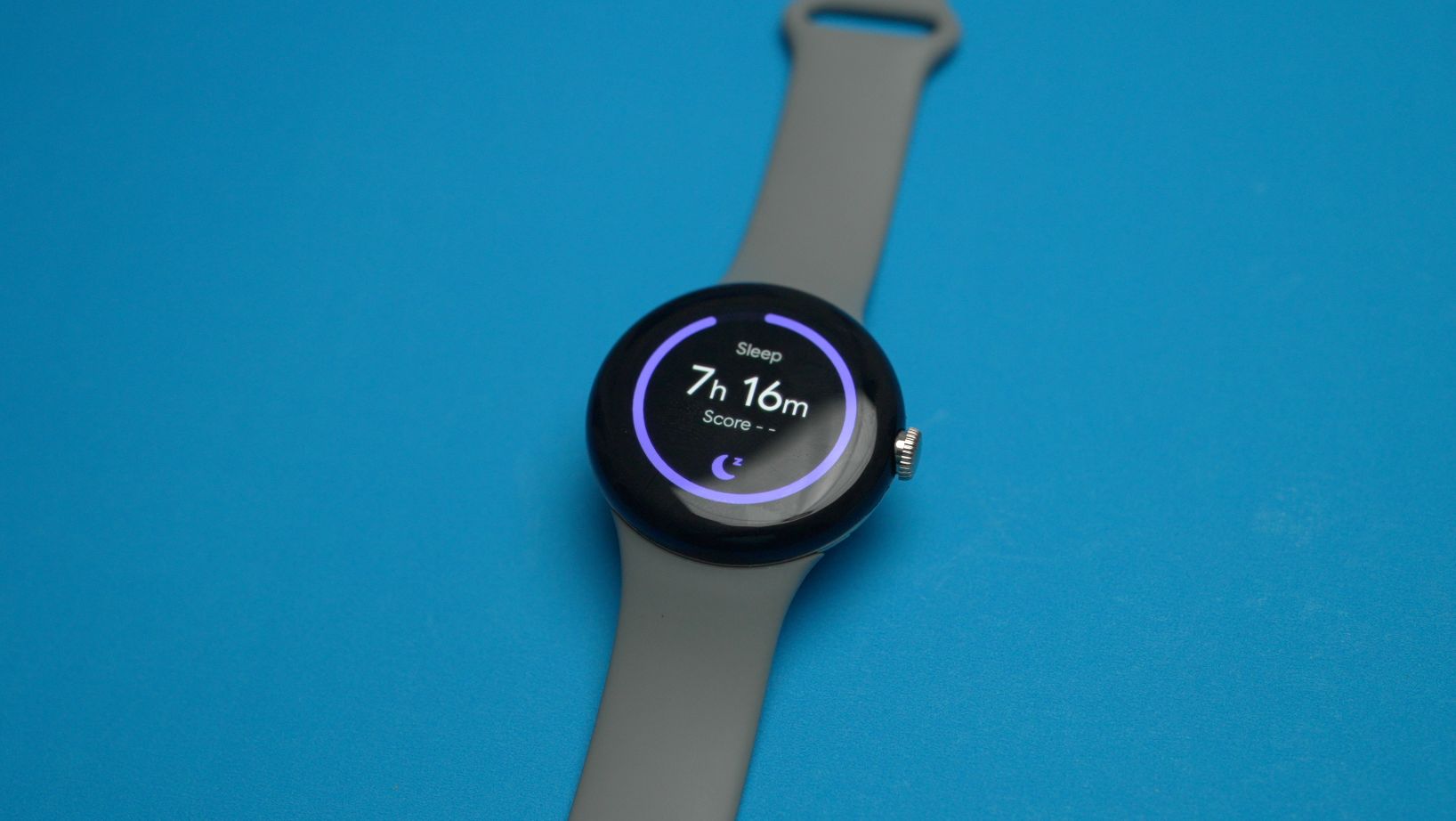
Oddly enough, the Pixel Watch and new Fitbit watches share the same heart rate sensors, but the Pixel Watch uses a newly upgraded algorithm that has much better heart rate accuracy than the Fitbit Sense 2.
Even still, the Pixel Watch is not great compared to most smartwatches when it comes to heart rate accuracy, but it is noticeably better than the Fitbit Sense 2 and Versa 4. Can we agree this is a little bit strange? Fitbit is designed as a better fitness watch in terms of battery, durability, and GPS, but not if you want more accurate heart rate tracking.
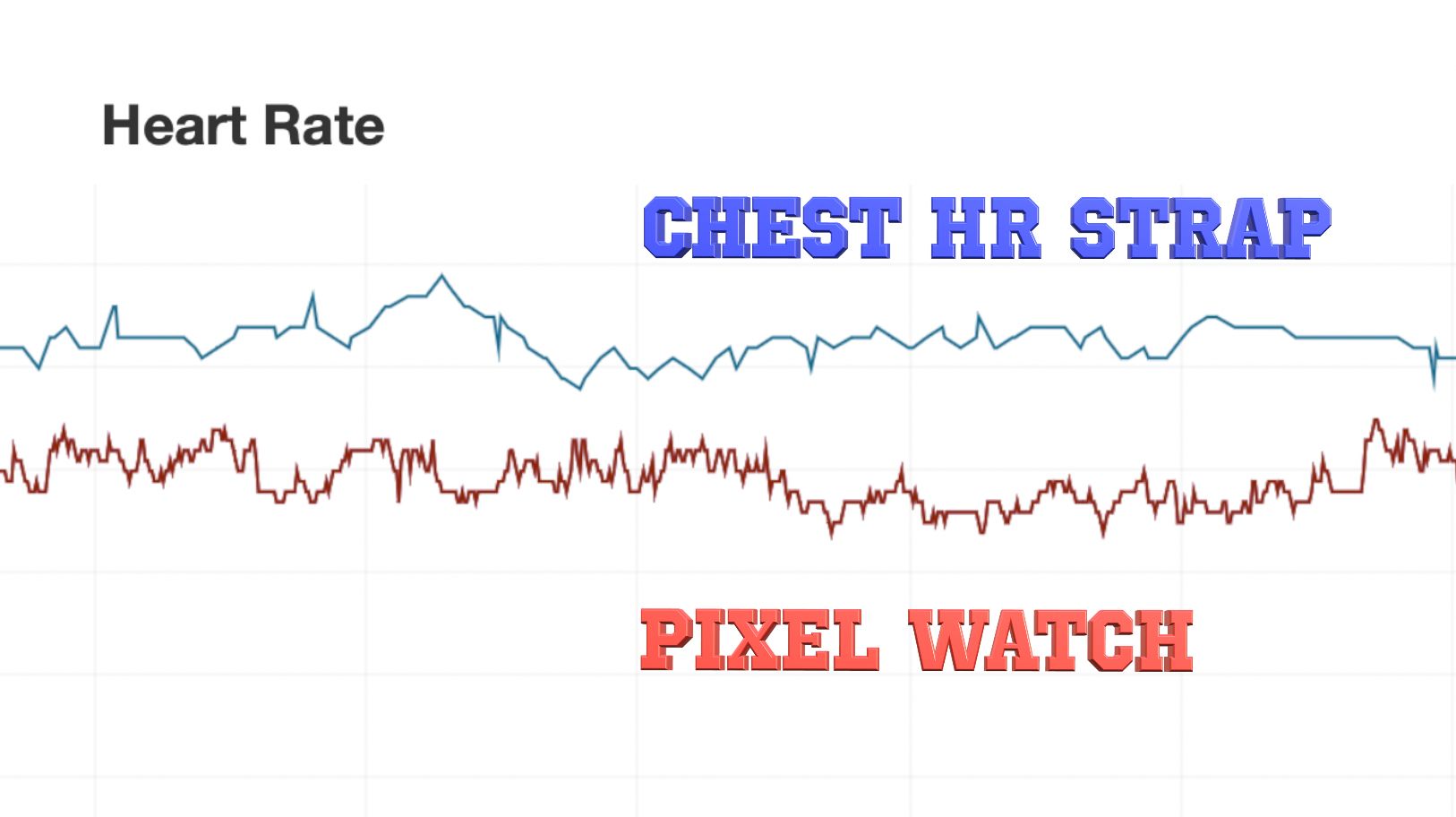
Smartwatch features
Another strange decision by Google was to remove some smartwatch functionality for the new lineup of Fitbit watches. The original Fitbit Sense, for example, has the ability to use Google Assistant as well the ability to download third-party apps, like Spotify. Those features are no longer available on the new Fitbit devices.
I think the line of reasoning was, again, trying to make the watches more distinct, removing anything on Fitbit that doesn’t directly have to do with fitness and health and keeping these features reserved for just the Pixel Watch.
But there’s a huge problem with this. Some of these “smart” features, like being able to play or control music from your watch, are also important to many people in order to have a good fitness experience.
Now it feels impossible to pick between these watches. If you want a more fitness-oriented watch that’s more durable, has a longer battery life, and better GPS, then choose a Fitbit… unless you want more accurate heart rate tracking and the ability to control music while you workout – then go with the Google Pixel Watch. But then you’ll have to deal with a battery life that is absurdly short and a design more likely to get beat up or scratched while working out.
Instead of having a clear path of feature upgrades on devices, like with the Apple Watch SE, Apple Series 8, and Apple Watch Ultra; Pixel and Fitbit offer you this strange mix of pros and cons, plus price differences, to make it extremely difficult to tell who each watch is really designed for.
Should you choose a Pixel Watch, the Sense 2, or the Versa 4? I honestly don’t know, and I’ve been testing out these watches for months!
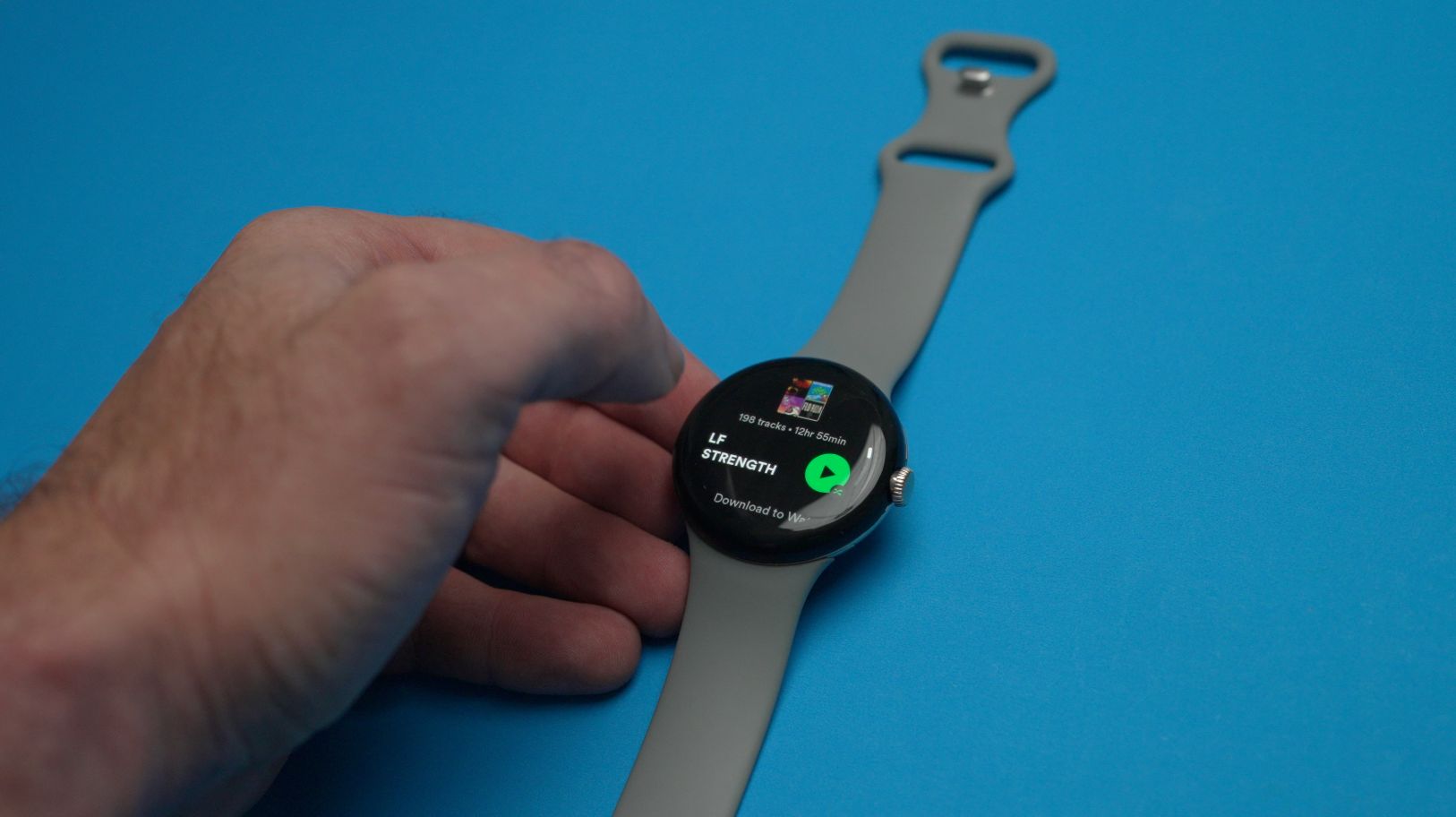
Premium features
All that said before we even get into the Fitbit Premium issue, something strange in its own right. Many of the best Fitbit features, which are what make up most of the Pixel Watch too, are behind a paywall. After six months, you’ll need to pay around $10 a month to continue tracking HRV and Daily Readiness Status, sleep scores, profiles, and so on.
This premium service used to make a little sense, especially for Fitbit’s lower-priced fitness trackers. Devices like the Fitbit Inspire are low priced relative to the data you can get. Having a premium service seems like a good way to keep those trackers cheap for those who don’t necessarily want the more advanced features or data.
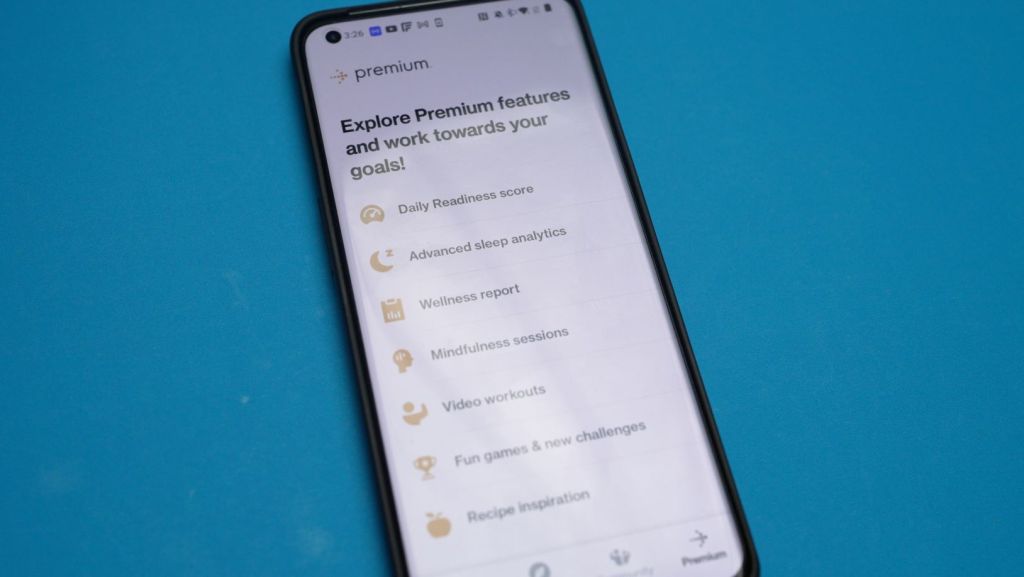
With that in mind, the cost of a premium membership makes less sense the more expensive the smartwatches get. By the time you look at the approximately $400 Google Pixel Watch, these are features that should just be included at that price point.
So to buy a $400 smartwatch that is smaller, less durable, and less accurate than almost any other watch at that price point, and then have to pay an additional $10 per month to access the more in-depth fitness and health features, isn’t a great deal. And when the alternative Fitbit devices have had their smart functionality, like Google Assistant and third-party apps, taken away, it’s hard to recommend any Google or Fitbit watches.
This is a shame because I like Fitbit. I think they are the best when it comes to creating a fitness tracker that anyone can easily pick up and learn. My mom uses a Fitbit, and my daughter uses a Fitbit, so I get and understand the value that they bring.

Final thoughts
This year, I’m not sure I can recommend any of the current generation Google watches. It just seems to be sort of a mess.
The one exception would be the Fitbit Inspire 3. That device is under $100. It’s a solid value, and when it’s lower priced like that, I don’t think it’s bad to have to pay a little extra after six months should you want to continue premium access.
You can buy the Pixel Watch here
FTC: We use income earning auto affiliate links. More.



Comments